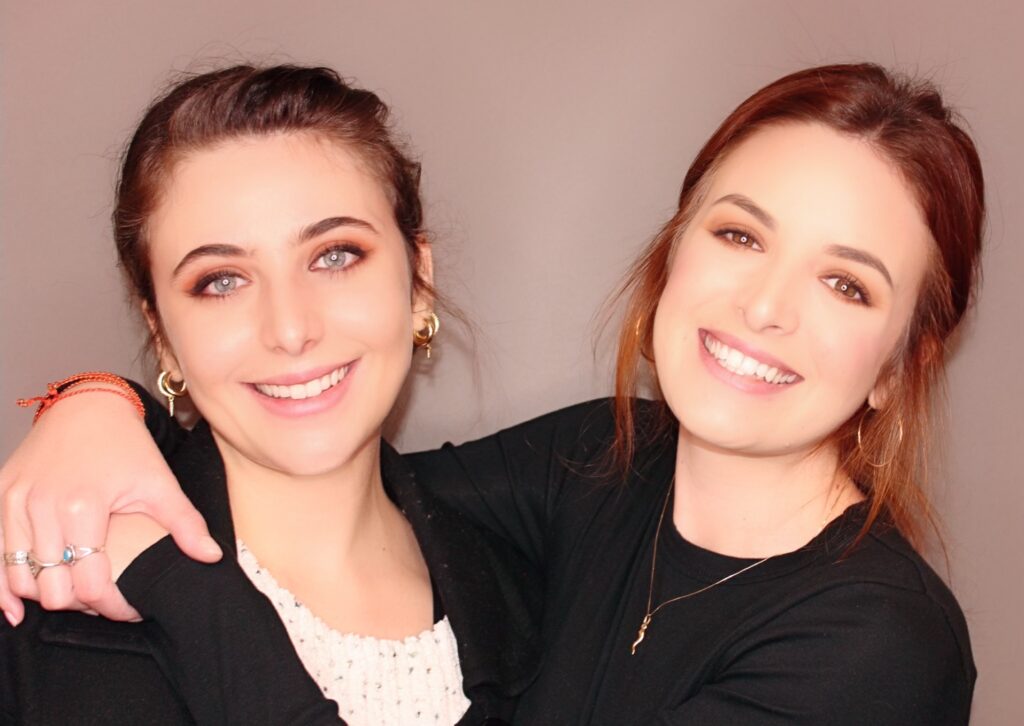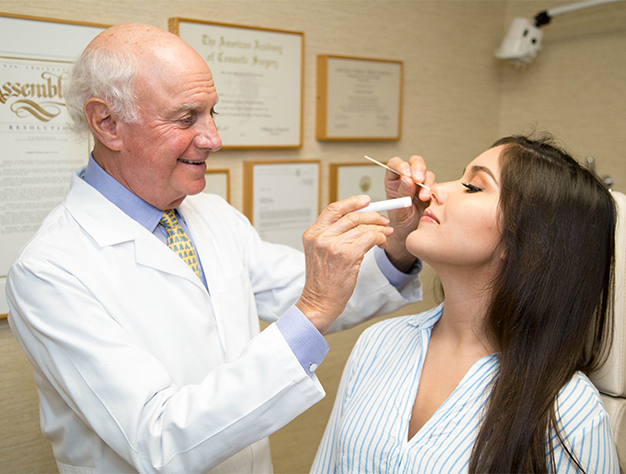Many people suffer bothersome symptoms related to breathing but never know the actual cause until a doctor closely examines their noses. Frequent nasal congestion and loud snoring are just a few of the many and persistent issues that send patients to a nasal specialist for relief. Those pesky sinus conditions that strike four or more times a year may indicate something is amiss with your septum – that paper-thin wall of cartilage and bone separating your two nostrils – or turbinates, structures in your upper nose known to swell in reaction to allergies, infections, and other irritations.
If you’ve been diagnosed with a deviated septum or enlarged turbinates, it may be time to consider a functional rhinoplasty to provide the relief you need. Imagine breathing freely and easily and not having to worry about seasonal congestion.



